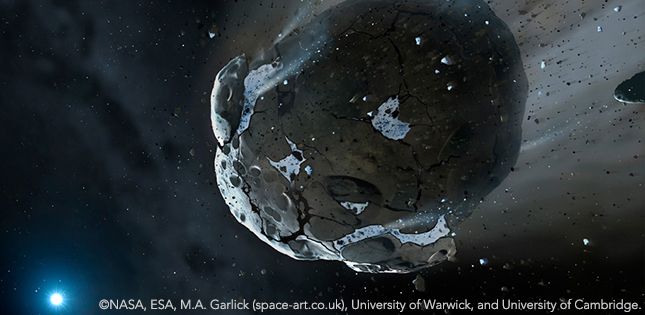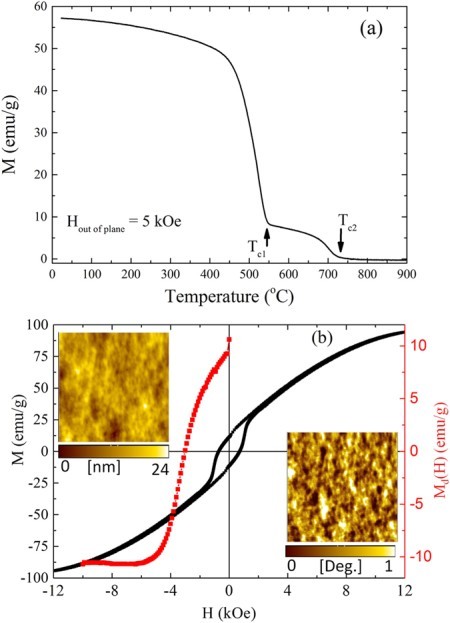The Japanese learned to make a magnet L1₀-FeNi without rare earth metals in just 300 hours

Since the 1960s, it has been known that the meteoritic alloy of iron and nickel in an extremely equilibrium state has magnetic properties. But chemists have so far failed to recreate the same ideal atomic-ordered phase L1 0 -FeNi under laboratory conditions. The reason is that in cosmic bodies L1 0 is formed for hundreds of millions or billions of years, and we live on a different time scale, unfortunately. But now the problem is finally solved.
Researchers at Tohoku University have been able to reduce the duration of a chemical reaction from hundreds of millions of years to less than 300 hours. The university’s press release calls it “traveling in a time machine” when the years “scroll” in fast-forwarding. In the scientific work, the authors explain that the ordered phase of the alloy is achieved due to three factors associated with the liquid state of metals: 1) high diffusion rates of the constituent elements at lower temperatures during crystallization; 2) a large driving force during the precipitation of the precipitate precisely in the form of a solid phase L1 0 ; 3) the possible presence of clusters L1 0 .
The magnet is fabricated by annealing an Fe 42 Ni 41.3 Si 8 B 4 P 4 Cu 0.7 ribbon for 288 hours at a temperature of 400ºC. The result is a structure like in meteorites.
')

The switching of the magnetization after the phase transition at the second Curie point of 700–750 ° C occurs in a magnetic field with a strength of at least 3.5 kilooerstedov.

The results of scientific work are extremely important for modern industry. High-quality magnets made of iron and nickel alloys are widely used in automobiles, household appliances, medical equipment, etc. Until now, the manufacture of such magnets required the use of rare earth metals, such as samarium, neodymium, dysprosium.
“Although these magnets were invented in Japan, the issue of importing rare earth metals has become too political,” a press release reported. “Now it has become extremely difficult for Japan to maintain industrial excellence and competitiveness in the production of energy-saving technologies for electric cars / next-generation devices.”
World reserves of rare earth metals are limited, and most are concentrated in China. He controls 95% of the world market , and recently imposed export restrictions, which really aroused everyone.
If there are no deposits in the country, and the Chinese behave strangely, they have to be resourceful.
Although the Japanese have invented a magnet for their own industry, everyone else can use the fruits of their labor, especially since ecologists in many other countries are pushing for similar restrictions on the import of rare earth metals. The scientific work with the description of the technical process (the production goes on the same conventional equipment as the production of ordinary magnets with rare earth metals) is in the public domain .
Source: https://habr.com/ru/post/369023/
All Articles